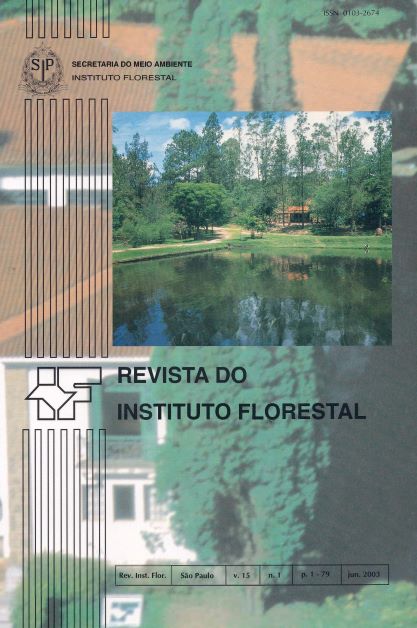NÚMERO DE POPULAÇÕES PARA CONSERVAÇÃO GENÉTICA IN SITU DE ESPÉCIES ARBÓREAS
DOI:
https://doi.org/10.24278/2178-5031.2003151435Keywords:
sampling, forest tree species, rare alleles, genetic conservation, effective sizeAbstract
This work aims to recommend the population number for genetic conservation of forest tree species. Admitting populations in Hardy-Weinberg Equilibrium - HWE, sampling size estimations were calculated based on probabilistic measures. They were considered different allelic frequencies and their proportion of occurrences in populations of a species, at common, widespread alleles; common, local; rare, widespread, and rare, local. The sampling of the common alleles (q > 0.05) and wide occurrence in populations of species (occurring at least 25% of populations) depends on within populations sampling intensity. Five to three populations sampling in HWE can conserve, at 95% of probability, common alleles (q > 0.05) that occurnng in 50% to 75% of populations of a species, if 30 individuais were maintained per population. Sampling of common alleles (q > 0.05) of restrict occurrence in populations (occurring in less 25% of populations) depends on number of populations sampled and sampling intensity within populations. Fourteen populations sampled can conserve these alleles, at 95% of probability, if 30 individuais were. maintained per population. To conserve very rare ali eles (p = 0.01 ), of localized occurrence, for example, occurring in 20% of populations, 32 populations are necessary.















